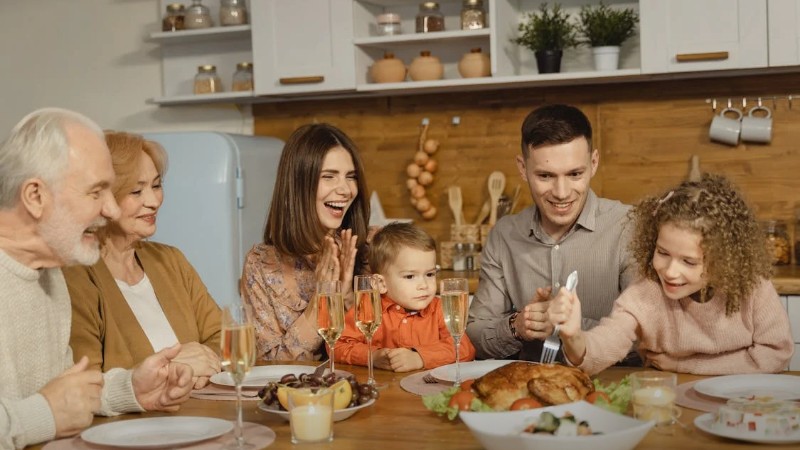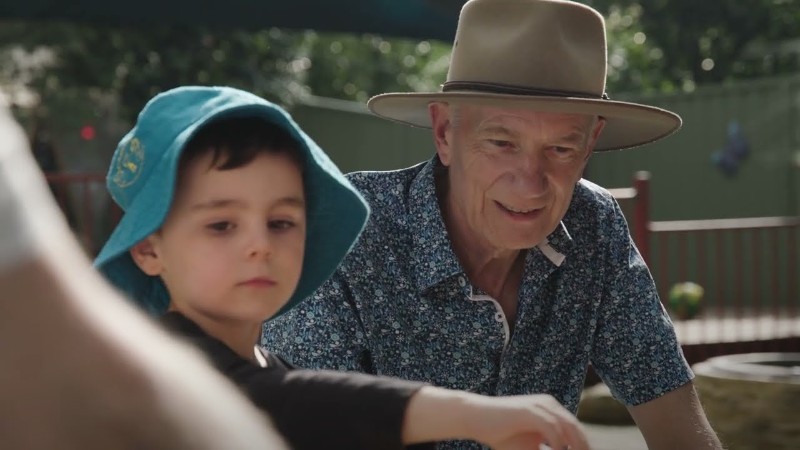In today’s world, social isolation and loneliness are serious problems that impact people of all ages. Meaningful relationships across generations are sometimes ignored due to changing living situations, family dynamics, and increased travel. Intergenerational initiatives, on the other hand, provide a way to close this gap and build ties that are advantageous to everyone. Studies show that people with meaningful relationships across generations report feeling happier, less stressed, and having a stronger sense of purpose.
The demand for creating and promoting programs that bridge age gaps is greater than ever. Older adults are a huge yet underutilized resource in the United States, where there are more people over 60 than under 18. They can have a beneficial influence on younger generations because of their life experience, wisdom, and social-emotional intelligence. Intergenerational programs provide structured opportunities for these interactions, enabling communities to combat isolation, share knowledge, and create mutually enriching relationships.
Key Takeaways
Intergenerational programs are being recognized as effective solutions in combating social isolation and fostering healthier communities by bridging the gap between different age groups.
- Meaningful intergenerational relationships lead to increased happiness, reduced stress, and a stronger sense of purpose for all involved.
- Older adults can serve as valuable mentors to younger generations, imparting life experience, wisdom, and social-emotional intelligence.
- Innovative programs like Nesterly are addressing isolation by connecting older homeowners with younger tenants, promoting affordable housing while fostering intergenerational bonds.
The value of intergenerational connections
Research indicates that strong intergenerational bonds support both mental and physical health. The innovative Harvard Longitudinal Study of Adult Development, which has followed participants for over 75 years, keeps confirming that adults who build meaningful relationships—especially between generations—are happier and less stressed.
Additionally, studies from the Stanford Center on Longevity highlight the fact that older persons who actively interact with younger generations are more likely to be upbeat and have a better quality of life. These relationships are important for younger people as well as for older persons.
Every child needs at least one adult who is irrationally crazy about him or her
Urie Bronfenbrenner, Ph.D., founder of the Head Start preschool program
By developing relationships with older mentors, young people receive guidance in decision-making, social skills, and emotional intelligence—skills that cannot be learned from books or social media. Furthermore, in order to guarantee that the advantages of cross-generational mentoring reach as many people as possible, intergenerational programs offer organized chances for these exchanges.
Addressing isolation through innovative programs
Research indicates that social isolation and loneliness can raise mortality risks by up to 35%, highlighting the urgent need to prioritize public health initiatives that foster intergenerational relationships.
By bringing older homeowners and younger tenants together, innovative platforms like Nesterly are addressing these issues and promoting affordable housing while preventing social isolation. By providing chances for regular contacts between generations, these relationships strengthen links via meals, experiences, and support from one another.
The intergenerational initiatives of today have their roots in historical advocacy efforts, like those spearheaded by the Gray Panthers in the 1970s. Students can live among senior citizens in places like Philadelphia because of collaborations between colleges and senior communities. These agreements give students access to reasonably priced housing while assisting elders in maintaining their homeownership.
These programs demonstrate the value of strategic interventions that transform underutilized resources, such as spare bedrooms, into opportunities that enhance lives across generations.
Building a more connected society
Both official and informal engagement opportunities must be actively promoted to fully fulfill the potential of intergenerational connections. Robert Waldinger, a Harvard professor, highlights the value of “social fitness,” urging people to connect with others of all ages. Breaking down generational gaps can be facilitated by simple everyday contacts, such as chatting with people from different generations at the grocery store or at community gatherings.
The links between younger and older generations can also be strengthened by organized intergenerational programs, including volunteer opportunities, mentoring programs, and mixed-use community spaces. Schools, libraries, and senior centers can play an essential role in facilitating these interactions, ensuring that mentorship and support systems are woven into the fabric of communities.
By taking active steps to bridge these divides, we can create a society where all ages thrive together, contributing to a more resilient and interconnected future.














